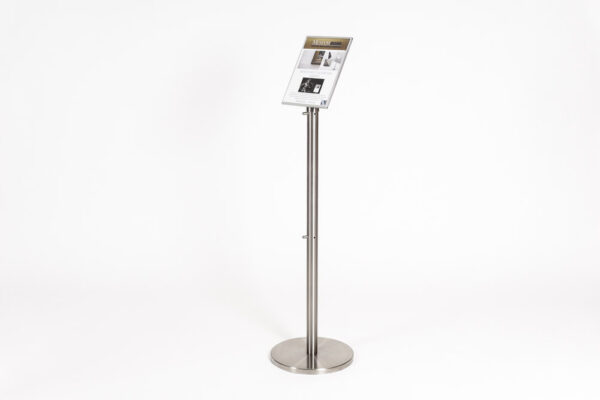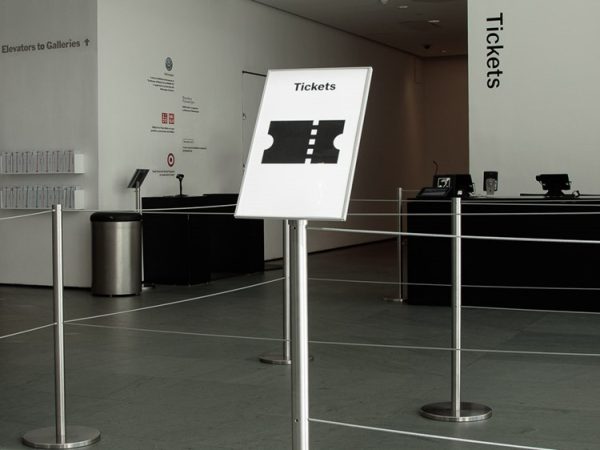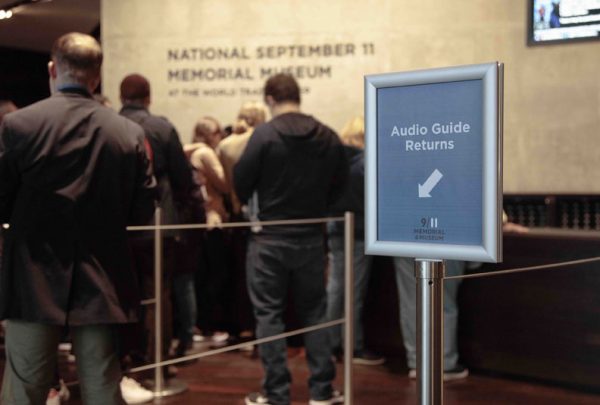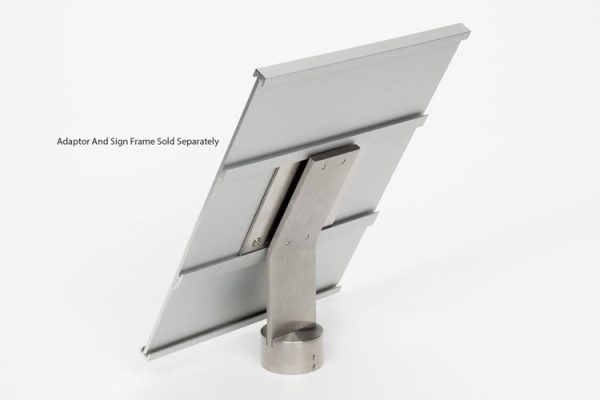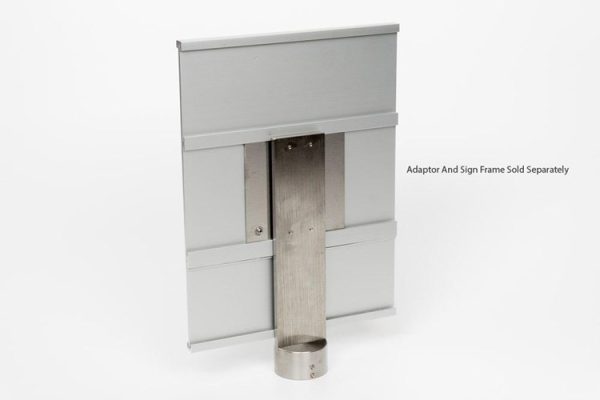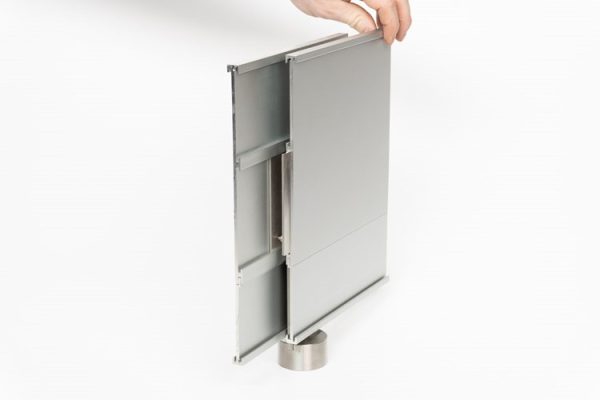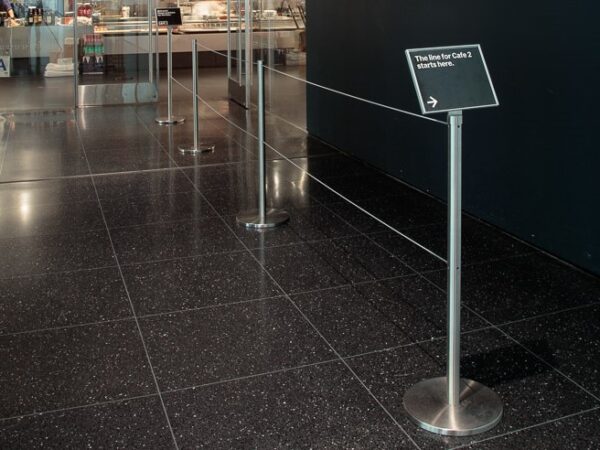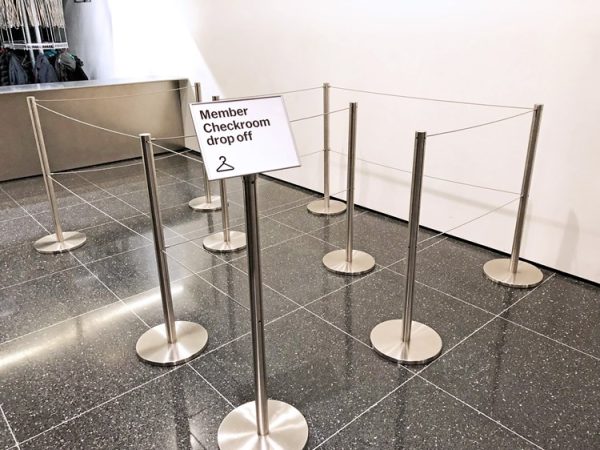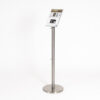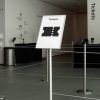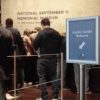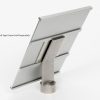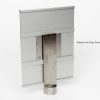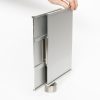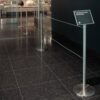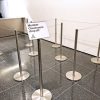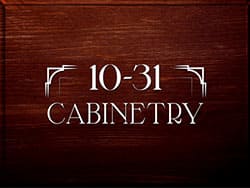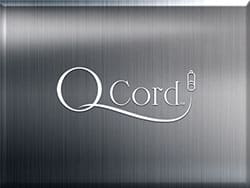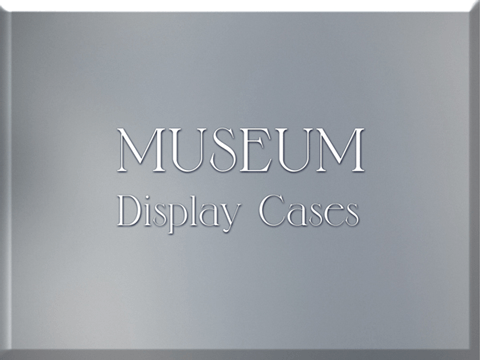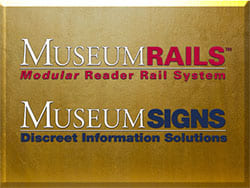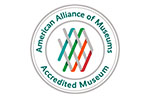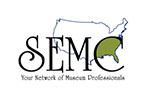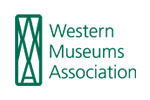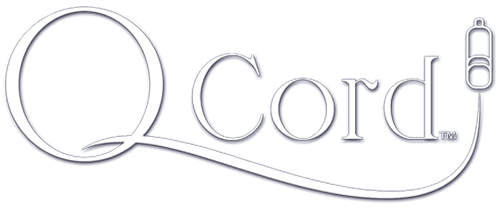Q-Cord Signage Kit
From: $222.00
Add signage to your lines.
Let visitors know Important health information, membership options, or give them directions to some favorite locations around your facility.
Useful Tips and Guidelines
Use the Q-cord Signage adaptor caps to utilize barriers as your signage posts. We offer Vertical, Vertical Double sided, and Angled at 60 degrees.
Or Pair the Signage plates with some of our other options below.
- Use our wall bracket to flush mount the Sign on a flat surface near the artifact such as a wall, riser, or pedestal.
- Pair a Signage plate with one of our tabletop brackets and place them on a variety of surfaces such as a desk or table, inside a display case, on a pedestal, on a riser, or on the floor.
- Use signage plates on top of 16” or 24” tall art stanchions to create a knee-high interpretive surface that is great for all ages and does not distract from paintings, sculpture and traveling exhibits.
- Place Signage plates on our waist height Info Stands to create beautiful graphics displays. Perfect for historic house explanations, historic recreation rooms, large exhibits, aquariums and many more uses.
- Do you have a Custom height request, or do you need info stands in a different color? Let us know, we custom build thousands of items every year.
*The most common graphic surface utilized in these signs is printed paper, however we have many clients who chose to vinyl wrap the plastic or replace the plastic with 1MM Sintra for exterior applications. All these options create beautiful and reusable signs that will last for years. If you need any help sourcing an alternative sign material let us know.
*Sometimes the silver coloration of the anodized aluminum is not right for you. We offer Powder coating to custom color the Sign frames to your specifications. Contact us for more details.
*You will need a stand for these to work effectively. We sell these pieces Al-cart because we offer such a huge variety that it is nearly impossible to predict what an institution might require.
Print Templates
Additional Information
Museum Display and Queue Barriers
Museum barriers are typically used to queue and control visitors throughout a museum or institution. Taller barriers are usually used for directing foot traffic in a particular path or direction. Shorter barriers can be used for surrounding items such as works of art to keep visitors from touching or getting too close. There are a number of barrier options that can be used, such as belts or ropes, but most museums prefer the more refined sophisticated approach of a straight cord. This gives a nice clean look that does not distract from the object being viewed.
Museum barriers should also adhere to ADA (Americans with Disabilities Act) standards. The belt or cord on a typical barrier is too high. According to the ADA, the cord or belt must be cane detectable and located within 27 inches off of the finished floor or ground.
The new Q-Cord Retractable Barrier is made by 10-31 Inc., which is one meter(39.375″) high and has two retractable cords. The lower cord is half a meter(19.75”) off of the ground to be ADA compliant.
ADA Specs
From 2010 ADA Standards for Accessible Design2
307 Protruding Objects
307.1 General. Protruding objects shall comply with 307.
307.2 Protrusion Limits. Objects with leading edges more than 27 inches (685 mm) and not more than 80 inches (2030 mm) above the finish floor or ground shall protrude 4 inches (100 mm) maximum horizontally into the circulation path.
EXCEPTION: Handrails shall be permitted to protrude 4 1/2 inches (115 mm) maximum.
Advisory 307.2 Protrusion Limits. When a cane is used and the element is in the detectable range, it gives a person sufficient time to detect the element with the cane before there is body contact. Elements located on circulation paths, including operable elements, must comply with requirements for protruding objects. For example, awnings and their supporting structures cannot reduce the minimum required vertical clearance. Similarly, casement windows, when open, cannot encroach more than 4 inches (100 mm) into circulation paths above 27 inches (685 mm).
Related Items
-
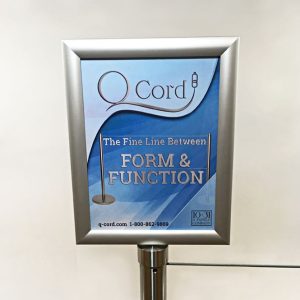
Q-Cord Snap Frame Signage
$190.00 Add to cart -
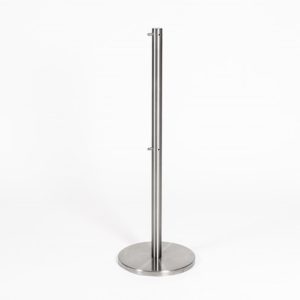
Q-Cord Retractable Barrier
Price range: $455.00 through $500.00 Select options This product has multiple variants. The options may be chosen on the product page
